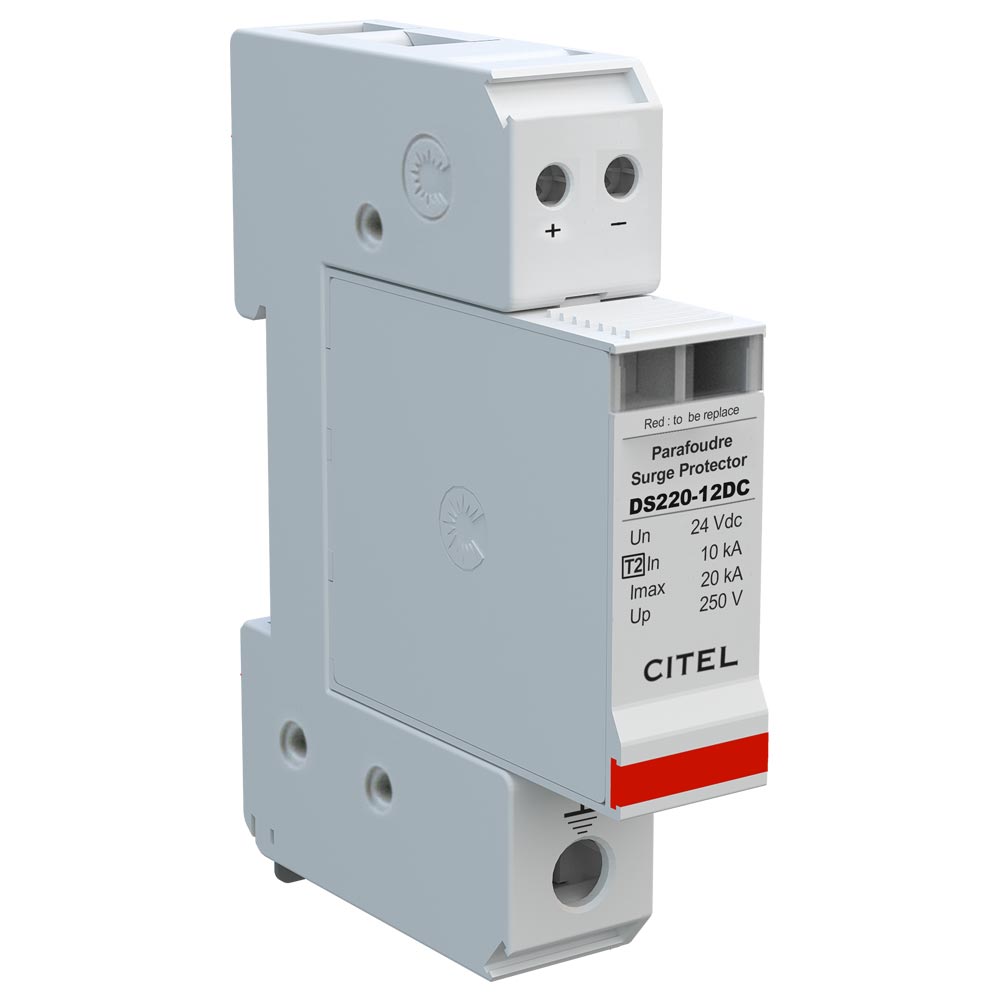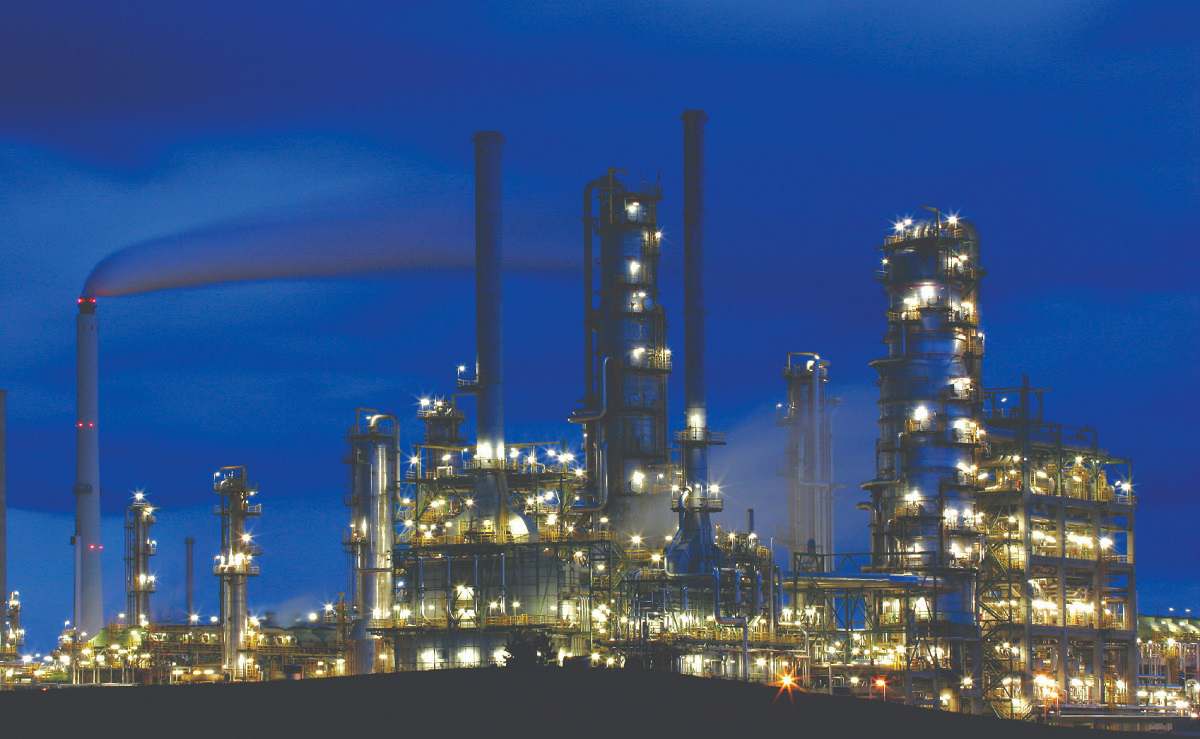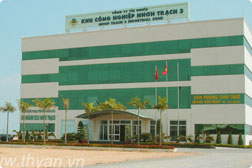
Lightning protection system for Vung Tau lighthouse station
-
CategoryAviation & Marine
-
LocationVũng Tàu City
-
CHỦ ĐẦU TƯSOUTHERN VIETNAM MARITIME SAFETY COPORATION
-
NGÀY THỰC HIỆN2022
-
SỐ LƯỢNG SẢN PHẨMTerraStat Series, MS Series, DS220 Series
-
TRẠNG THÁI DỰ ÁNCompleted project
Description
- Project: Supply and installation of Charge Dissipation Terminal Protection System at Vung Tau Lighthouse station
- Investor: Southern VietNam Maritime Safety Coporation
- Constructor: PECSI Company
Vung Tau Lighthouse is a lighthouse located on the top of Small Mountain in Ward 2, Vung Tau City, Ba Ria - Vung Tau Province, Vietnam. France built this site in 1862 to signal and instruct ships to cross, located at an altitude of 149m above sea level. In 1913, the French rebuilt this lighthouse, moving the height of the lighthouse from 149m to 170m. Vung Tau Lighthouse is one of the oldest lighthouses in Vietnam and Southeast Asia
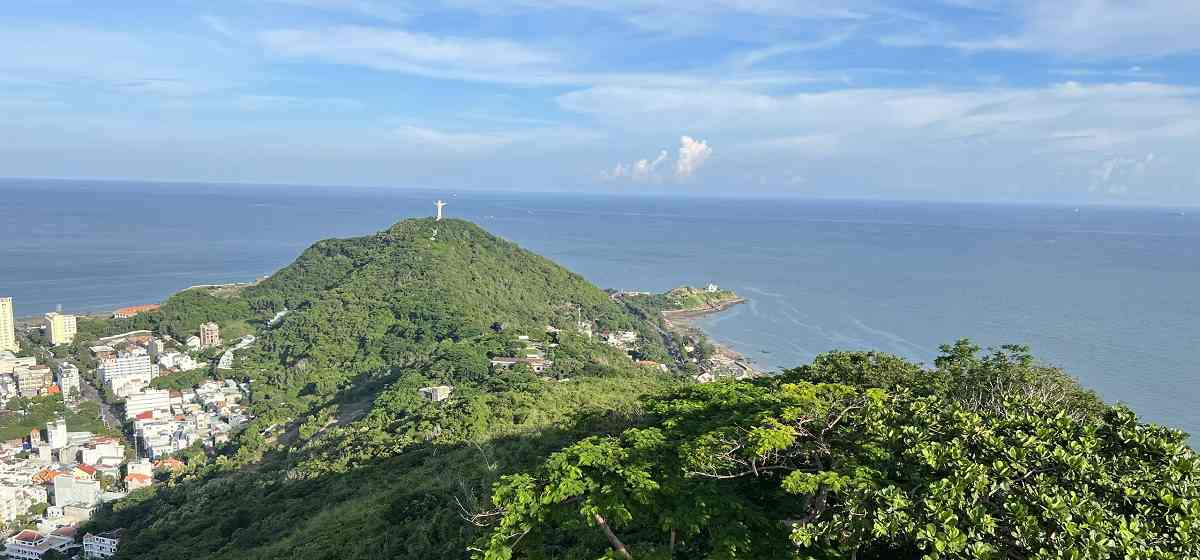
See view from Vung Tau Lighthouse Station
The campus of the lighthouse station is 3,407m2 wide, including: lighthouse tower, working building and some related works. Vung Tau lighthouse tower stands out with a cylinder of 18m high, 3m in diameter and painted white. The inside the lighthouse is a large-capacity light, which is a landmark for those at sea, ensuring that vessels can pass by safely and smoothly.
The lighthouse is located at the tallest and open area, it is highly susceptible to extreme storms, most recently in 2020, a major lamp was damaged due to lightning strikes, which had to be suspended and repaired.
Therefore, to ensure the safety of the system, the Southern Maritime Safety Corporation has equipped and installed a new lightning protection system to enhance safety protection for Vung Tau Lighthouse Station.
Technical solution is approved by the Investor that is Charge Dissipation Technology. Tower & management building are protected by dissipation terminals system, AC/DC Surge Protection Devices to protect all electrical equipment and main lighting systems.
Pictures of implemented project
Here are some pictures of the outside of the building and the lightning dissipation system after it was completed installation.
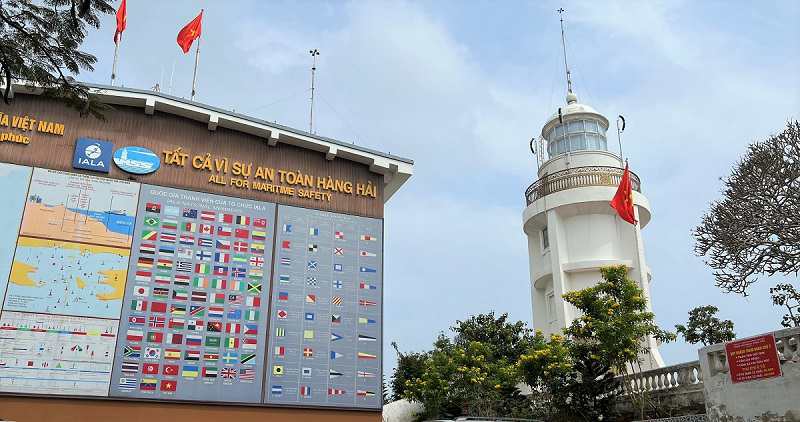
TerraStat Charge Dissipation Terminal is installed at Vũng Tàu Lighthouse Station
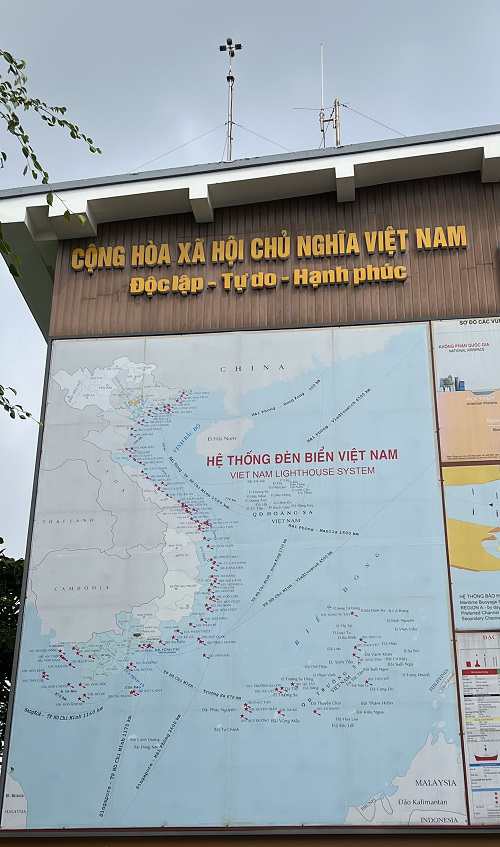
Vung Tau Lighthouse is a member of Vietnam's lighthouse system
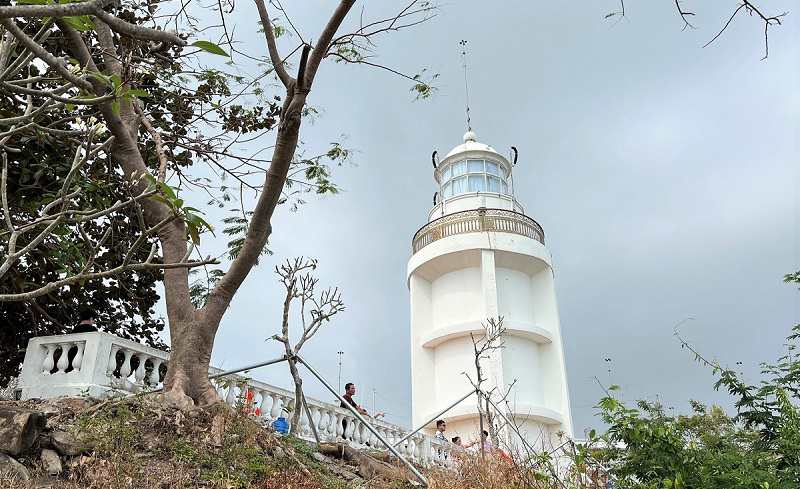
Vung Tau Lighthouse Tower
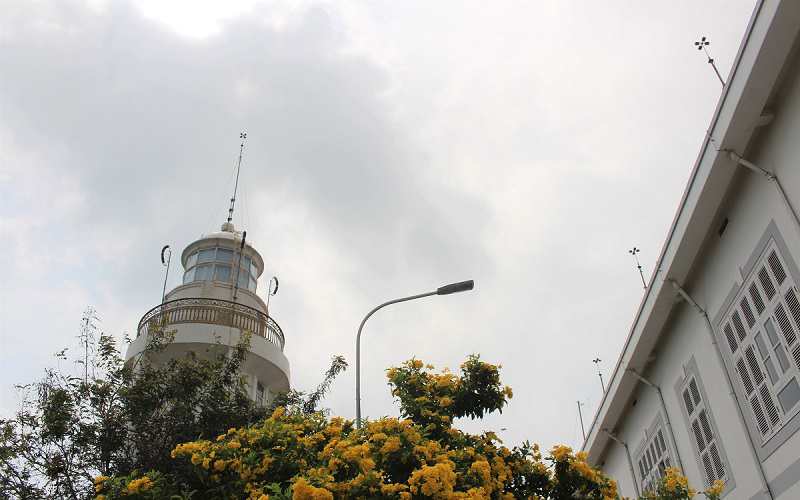
TerraStat TS500, TS400 Charge Dissipation Terminals is installed on the lighthouse tower and management building.
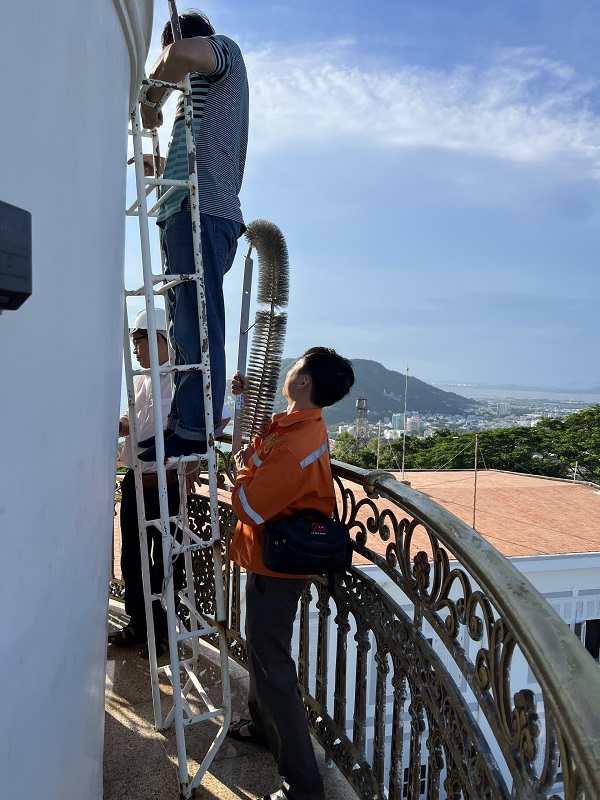
The lightning protection system for Vung Tau lighthouse station has been completed by Thy An Co. and Constructor, minimizing the possibility of impact caused by atmospheric discharge and switching overvoltage to protect for people, buildings and equipment.
Location
Products Used
- Patented Technology
- High grade stainless steel construction
- Lightweight and easy to install
- Corrosion resistant
- Low wind loading
- Large selection of mounting hardware
- UL® Listed and recommended as per API 2003
- Independently tested
- Patented Technology
- High grade stainless steel construction
- Lightweight and easy to install
- Corrosion resistant
- Low wind loading
- Large selection of mounting hardware
- UL® Listed and recommended as per API 2003
- Independently tested
- UL 1449 5th Ed. Type 1 listed Surge Protective Device
- System voltage: 240/415 Vac
- System: Wye 3Ph+N+G
- Maximum Discharge Current per phase Imax (8/20μs): 220 kA
- Impulse Discharge Current per phase Iimp (10/350): 12.5 kA
- All mode of protection
- 200 kA short-circuit fault current rated
- Multi-redundant protection circuit per phase
- Full on-board diagnostics - LED indicators, remote and audible alarms
- EMI/RFI noise filtering
- NEMA 4/4X/12 enclosure
- Lightning counter (option)
- System voltage: 230 V
- System: 2W+G (single)
- Hybrid MOV-GSG Technology and EMI/RFI filtering
- UL1449 Type 2 LISTED
- 50kA Surge Current Rating per mode
- Extended life with no leakage current
- Visual LED fault indicator and audible alarm
- NEMA 6: indoor / outdoor used
- Hardwired connection
- DC power surge protector
- 12 Vdc
- Compact design
- Imax : 20 kA
- Pluggable module
- Very low Up protection level






